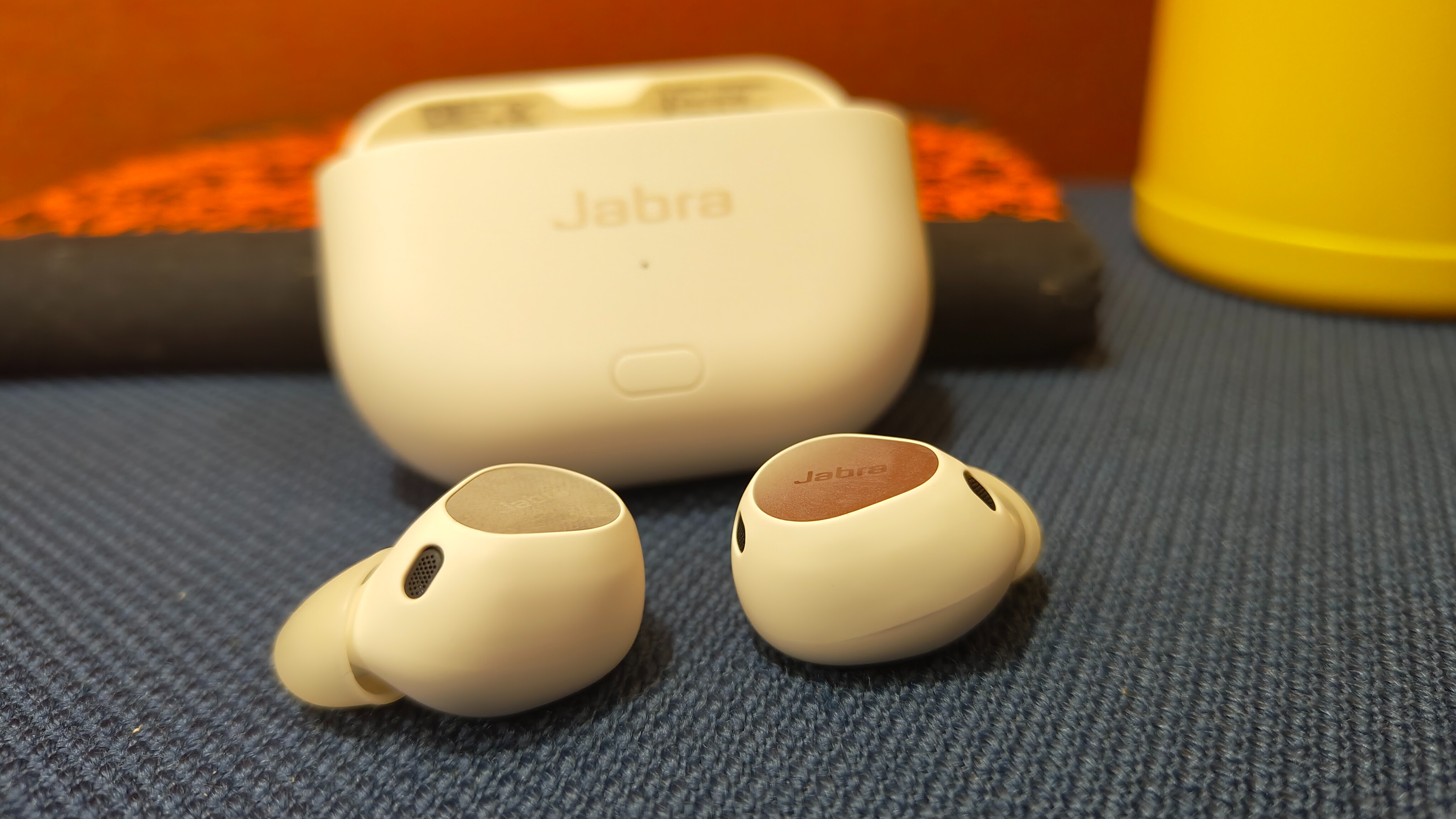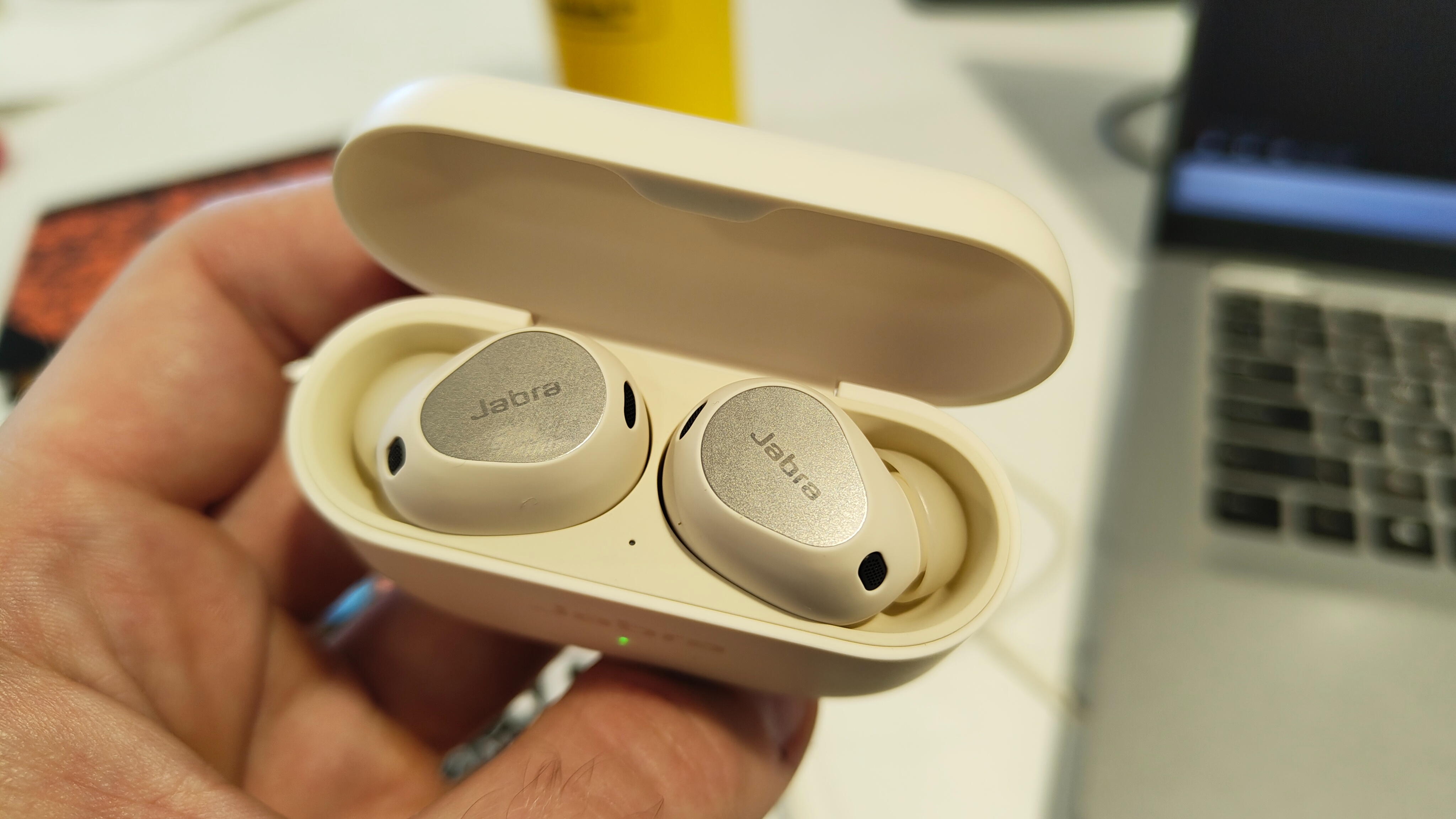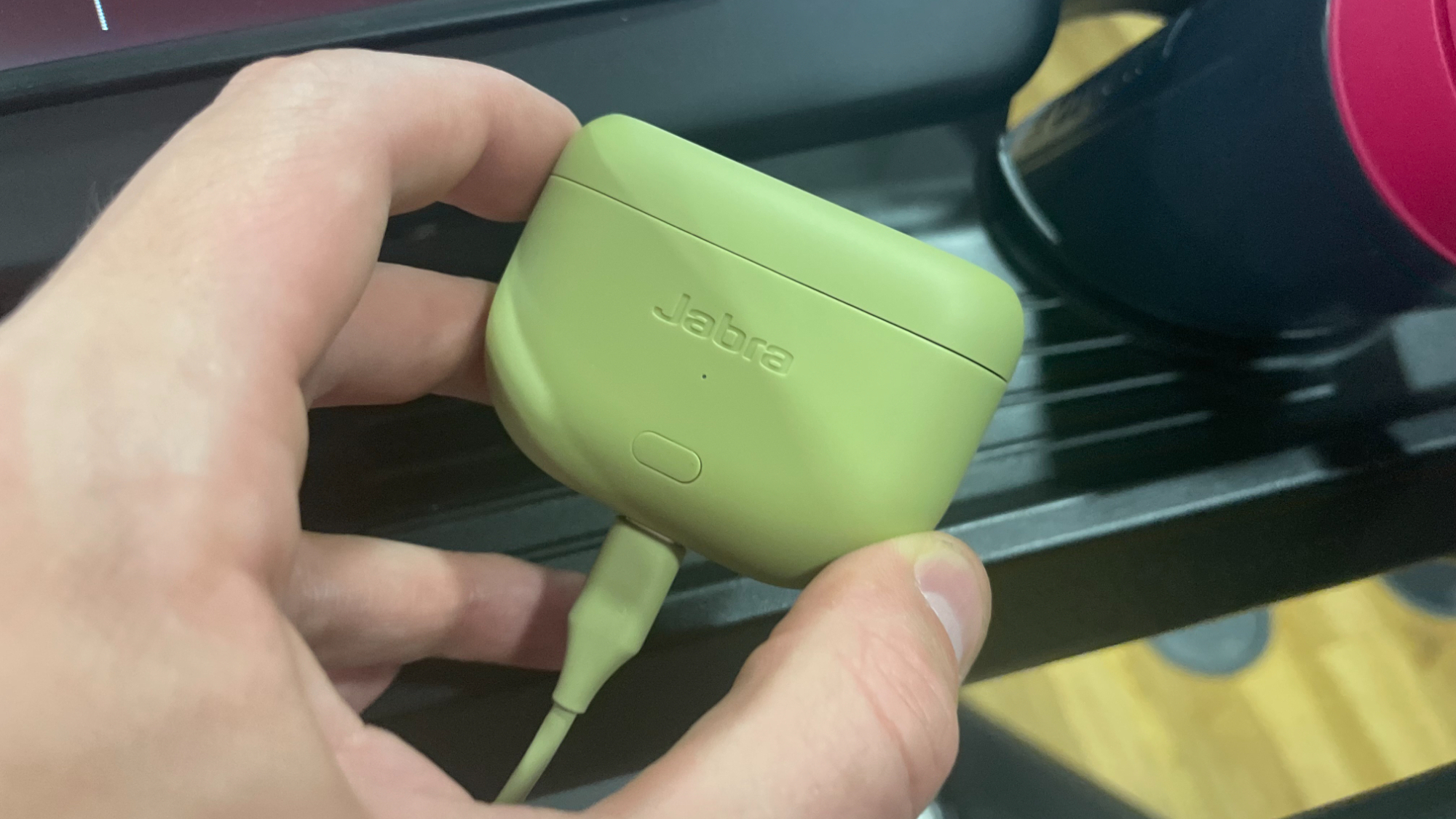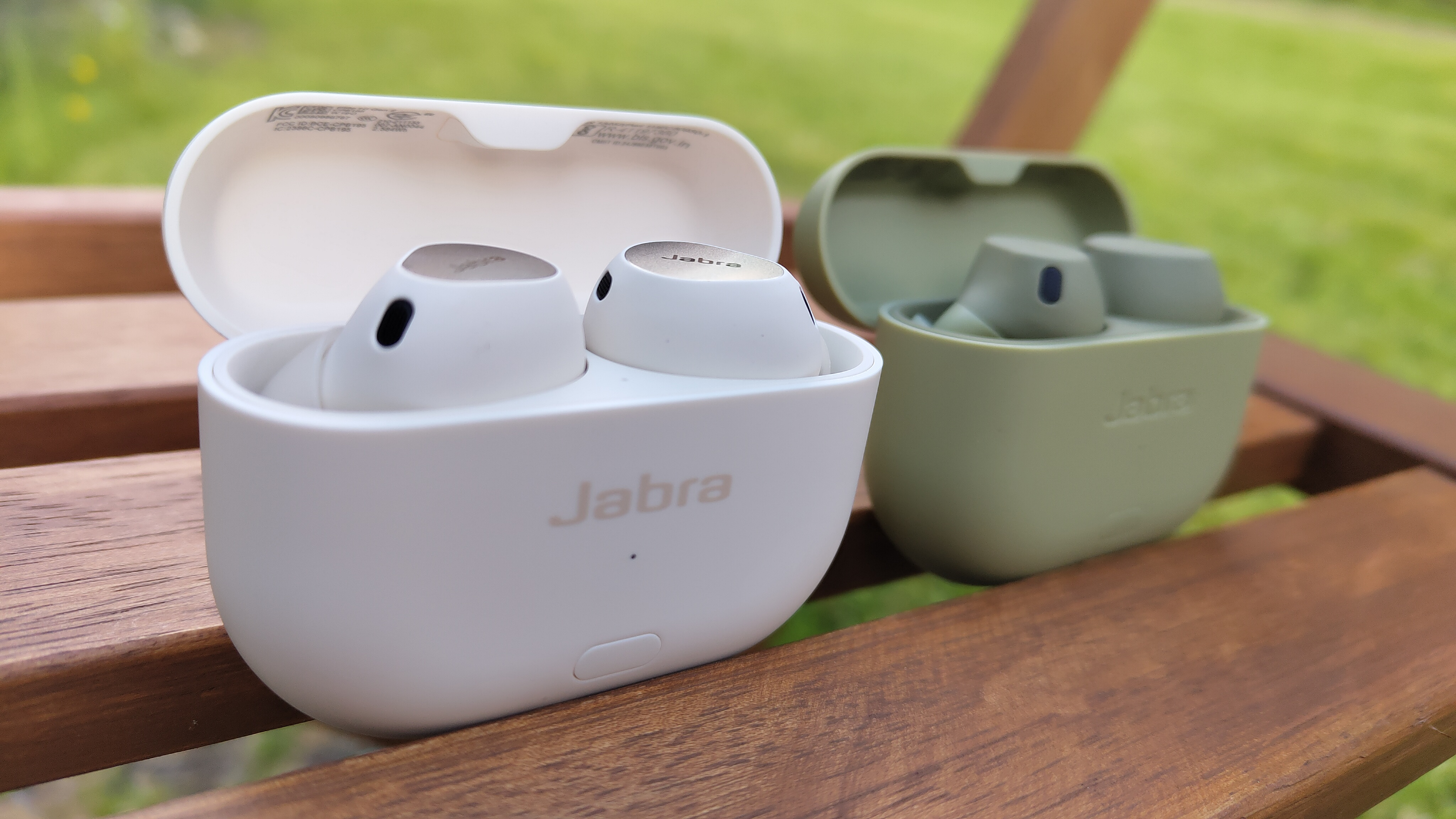
There have been times when I’ve accused audio brands, particularly at the higher end of the market, of prioritising features over sound. I’m not saying that features aren’t important or unwelcome – it’s something that the modern consumer demands in their 21st-century world of ANC, IP ratings and Bluetooth Multipoint. I’m just pointing out the fact that occasionally the line can be blurred between innovation and gimmickry.
I’m also going to go out on a limb and say that I’m not the world’s biggest fan of spatial audio. The concept has exploded in recent years, with brands either incorporating their own take on the format or enlisting third-party aid from the likes of Dolby Atmos to keep up with what they perceive to be one of the market’s major trends. I’ve never been convinced by the idea of an algorithm pulling my music apart for the sake of duping me into thinking that Dave Grohl’s drum kit is actually playing behind me, and whenever anyone has touted the tech to me in glowing terms as part of marketing spiel or a press bumph, I can feel my brain begin to glaze over in the way it tends to do whenever someone starts talking about interest rates, inflation or Coronation Street.
Imagine my feelings, then, when the good people at Jabra (lovely test facilities, by the way) announced that their second generation of Elite 10 and Elite 8 Active earbuds would be furnished with a groundbreaking smart case that, by virtue of a simple USB-C connection, could 'spatialise' practically any audio source, regardless of original format – all while boosting the quality and reducing latency rates. I sat back in my chair, pretending I was one of the cast of Dragons’ Den (maybe Peter Jones; he’s the best looking) receiving a pitch from an earnest hopeful. “That,” I thought, “is actually pretty… cool...?”

I was keen to try it out, and given the fact that Jabra will be shutting down its Elite wireless earbuds range altogether, it seemed only right to experience all that the Danish brand's last hurrah had to offer. Before I get to that, here’s a very brief summary of how the process works, at least on the surface. Both new Jabra Elite 10/8 Active Gen 2 buds arrive with the Bluetooth LE Audio smart charging case and work just as a wireless pair would, in that there’s no wired connection between the buds and case. That case, however, comes with a USB-C to USB-C/3.5mm connector which plugs into compatible sources and, in theory, spatialises the audio streamed wirelessly from case to buds. Controlling the audio comes via the Jabra Sound Plus app, allowing you to switch the EQ, turn on spatial audio and toggle whether you’d prefer head tracking. Easy, right?
Well yes, actually, it is! Provided you have the technical nous to figure out how to connect a USB-C lead into a compatible port, download an app and then press a button on a case, you’ll be good to go. Setting up took a matter of moments, and not once did I find that Jabra’s new tech wasn’t keen to get up and going right out of the traps. Jabra claims that you really can use any source you like, including aeroplane TVs and gym treadmills – but as I wasn’t in the mood for a long-haul flight to Vegas on a whim, a nearby laptop seemed the ideal place to start.
For the uninitiated, the point of spatial audio is to take music signals and apply directional filters, adjusting frequencies so that each ear hears sounds placed more selectively across a 3D space. YouTube is the go-to clunky audio source if you want to see how a clever piece of tech deals with shoddy formats, so that was my first point of call. Ramin Djawadi’s Across The Oceans Of Time had worked well when testing out Bose’s Immersive Audio setting with the QuietComfort Ultra Earbuds. It's a beautiful choral number that benefits from sufficient space for its multiple voices to breathe and shine, and while the Bose earbuds' rendition really made it feel as though you were hearing the voices all around you, Jabra’s effort was admirably effective.
Even head tracking worked, keeping key sonic elements locked at a single point in the soundstage no matter how or where you moved, and while I’ve been even more critical of head tracking than general spatial audio, even a curmudgeon like me couldn’t help but be impressed – even blown away – by how effectively the Jabras implemented the tech from such a primitive, non-bespoke source.

With the laptop test passed, it was time to go with something similarly run-of-the-mill. The current iPhone 15 has a USB-C port now thanks to the EU, so getting connected and firing up Spotify and Tidal wasn’t a tricky task. That said, there were a few more hiccups along the way. Firstly, the technology isn’t keen on you bouncing between streaming platforms, so if you’re trying to test out Soundgarden’s Like Suicide via Spotify and then you flip over to Nirvana’s On A Plain on Tidal, it can tend to cause excessive stoppages and bugs when you’re also trying to curate your spatial audio preferences via the app. That was my experience, at least.
In fairness to Jabra, though, it was clear when both of those tunes had benefitted from the case's special transformative algorithm, with instruments, tones and elements feeling more dispersed and individualised across the sonic canvas. It's not as profound as the best performers, and the uncharitable might suggest it simply gives the music more space and less robustness, but it's hard to deny that a transformation has at least occured.
I didn’t actually manage to get the Jabra buds hooked up to any public transport screens such as aeroplane or train TVs, mainly because taking a flight to Marbella for a 10-minute test might not have looked so justifiable on my expenses account. What I did do was take the Jabra Active 8 Gen 2 to the gym for a workout, plugging them into a treadmill (USB-C only, remember) and enjoying a couple of tunes in their newly spatialised glory. Again, it’s not the perfect performance that you’ll find with specially mixed Dolby Atmos tracks, but the feat of taking audio playing on a piece of gym equipment and changing how it manifests in your ears is a very clever trick.
I was beginning to be sold on the Jabra smart case, but as is the way with so many of these so-called innovations, doubts began to niggle as to the ultimate need for Jabra’s take on portable spatial audio. Even after desperately trying to play devil’s advocate with the rest of the What Hi-Fi? office team, it felt like an uphill battle trying to explain to some rather bemused colleagues why you’d want spatial and low-latency audio from your treadmill. Wouldn’t you just use your phone or portable music player instead for that sort of thing? And why would you want to watch an episode of Homes Under The Hammer? in a spatialised format during your 5K? “It’s amazing, it’s like I can hear Dion Dublin in every room!” came the derogatory quips. I felt like I was fighting a losing battle.

They might have had a point. Plus, the quality isn’t as good as when playing a bespoke Dolby Atmos mix, and if you have a decent pair of premium earbuds (the Elite 10 cost Sony WF-1000XM5-rivalling money at £260 / €279 / $279), wouldn’t you just go on Tidal or Apple Music and enjoy spatial audio without the need for a wireless cable? It’s not quite as versatile, true, but it’s much more professionally done and doesn’t require any plugging in or carrying around of cables or special cases.
Enjoying TV and movies does make a degree of sense, but then most people tend to watch their favourite flicks without using earbuds. If they are using earbuds, they’re likely also using a tablet or smartphone at the same time, meaning that much of Jabra’s commuter audience who might be tempted to plug into an aeroplane’s TV screen would much rather deploy a combination of their iPad and AirPods for all of their spatial needs.
I suppose the real draw of Jabra’s smart case is that it can spatial audio-ise anything, pretty much regardless of the source of the music’s original format, an impressive feat that should be commended rather than ridiculed. The issue, as often with these sorts of novelties, is finding a consistent use-case that goes beyond what existing technologies can already do.
If you’re desperate for low latency spatial audio wherever you go, the Elite 10 Active gen 2 or Elite 10 gen 2 might pique your interest, but I can’t help but think that my colleagues’ insistence that established ways of enjoying your tunes properly mixed for spatial audio, not to mention the lack of necessity to have spatial sound from most sources, undermines the credentials of Jabra’s nifty little innovation. Like a novelty toy or fun little collectable, you’ll spend a few minutes showing it off to your friends, and while they’ll be impressed at the time, it may not be long before it’s back in the box and gathering dust.
MORE:
Read our original Jabra Elite 10 review
These are the best wireless earbuds we've tested
What is Apple Spatial Audio? What devices support it, and is it like Dolby Atmos?







